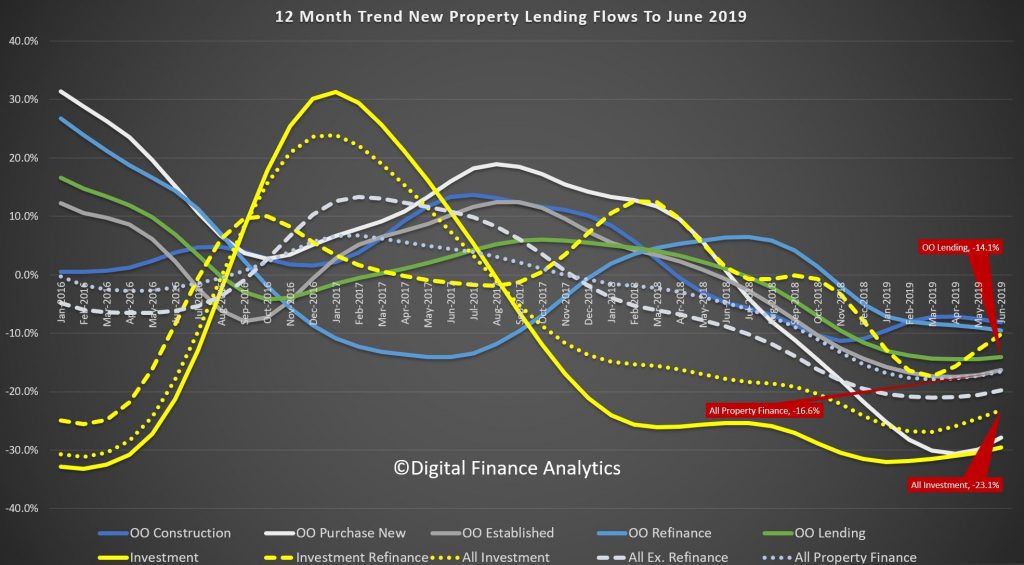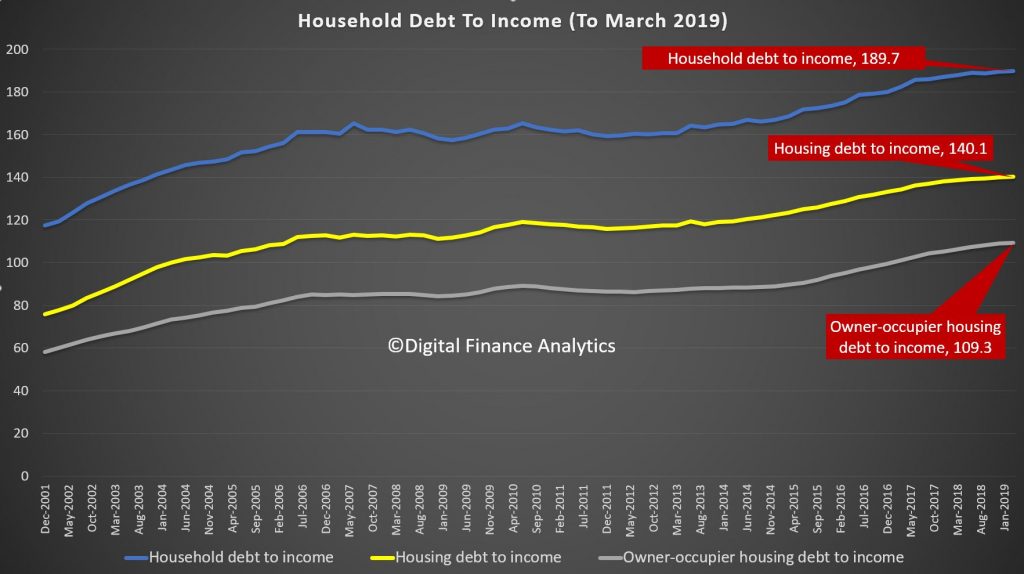Appearing before the financial services royal commission in its seventh and final round of hearings, ANZ CEO Shayne Elliott was questioned over the bank’s use of the Household Expenditure Measure (HEM) to assess home loan applications.
In round one of the commission’s hearings, ANZ general manager of home loans and retail lending practices William Ranken admitted that the bank did not further investigate a borrower’s capacity to service a broker-originated mortgage.
In his interim report, Commissioner Kenneth Hayne alleged that using HEM as the default measure of household expenditure “does not constitute any verification of a borrower’s expenditure”, adding that “much more often than not, it will mask the fact that no sufficient inquiry has been made about the borrower’s financial position”.
Counsel assisting the commission Rowena Orr QC pointed to a review of ANZ’s HEM use by consultancy firm KPMG upon the Australian Prudential Regulation Authority’s (APRA) request.
The KPMG review found that 73 per cent of ANZ’s loan assessments defaulted to the HEM benchmark.
Mr Elliott noted that since the review, ANZ has taken steps to reduce its reliance on HEM, with the CEO stating that the bank plans to reduce the use of HEM for loan assessments to a third of its overall applications.
When asked if there was a disparity between the use of HEM through the broker channel and branch network, Mr Elliott revealed that prior to the bank’s move to reduce its reliance on the benchmark, the use of HEM was less prevalent for broker-originated loans.
“Perhaps surprisingly, when we did the review, when we were talking about the mid-70s [percentage], the branch channel actually had slightly higher usage or dependency on HEM as opposed to the broker [channel].
“[That] actually is counterintuitive,” he added. “I think it would be reasonable to expect that if [ANZ] knows these customers, one might expect to use HEM less.”
Mr Elliott attributed the disparity to the higher proportion of “top-ups” for existing loans through the branch network, noting that ANZ’s home loan managers would be more likely to “shortcut the process” through the use of the HEM benchmark.
However, the CEO said that according to the latest data that he’s reviewed, the branch network’s reliance on HEM is lower than in the broker channel.
“[It’s] changing as we speak,” he said.
“As in the latest data I saw, the branch network is now lower in terms of its usage or reliance on HEM versus the broker channel. And that’s because we are in, if you will, greater control of that process in terms of our ability to coach and send signals to our branch network.”
However, he added that the use of the benchmark for broker-originated loans is “coming down rapidly” in line with the bank’s overall commitment to reduce its reliance on HEM.
Flat-fee ‘credible alternative’ to commission-based model
Further, as reported on The Adviser’s sister publication, Mortgage Business, Mr Elliott told the commission that a flat fee paid by lenders to brokers is a “credible alternative” to the existing commission-based remuneration model.
When asked by Ms Orr about his view on broker remuneration, Mr Elliott said that a flat fee paid by lenders is a “credible alternative” to the current commission-based model.
In a witness statement provided to the commission, Mr Elliott said that there’s “merit in considering alternative models for broker remuneration to ensure that the current model remains appropriate and better than any alternative”.
Reflecting on his witness statement, Ms Orr asked: “Is that because you accept that there’s an inherent risk that incentives might cause brokers to behave in ways that lead to poor customer outcomes?”
The ANZ CEO replied: “There is always that risk. [The] term incentive is to incent behaviour. Therefore, it can be misused or it can cause unintended outcomes if the broker is apt to be led by their own financial reward.”
Mr Elliott acknowledged that “no system’s perfect” and that a “fixed fee is also capable of being misused and leading to unintended outcomes”.
However, he added: “It is just my observation that there is at least some data on this from other markets, most notably in northern Europe. It seems a model that’s worth looking at.”
Mr Elliott continued: “I’m not suggesting it’s necessarily an improvement. It just feels like a credible alternative.”
The ANZ CEO compared a flat-fee model in the broking industry to the financial planning industry.
“The service is the work you are paying for, and perhaps the fee should not necessarily be tied to the outcome.
“I think that’s not an unreasonable proposition.”
However, the ANZ chief noted the negative implications of a flat-fee model, stating that with lenders ultimately passing on costs to consumers, the model would be a “major advantage” to higher income borrowers.
“The difficulty with the fixed fee, if I may, is it essentially is of major advantage to people who can afford and have the financial position to undertake large mortgages,” he said.
“[A] subsidy would be paid by those least able to afford it, and it runs the risk of making broking a privilege for the wealthy.”
There’s ‘merit’ in a fees-for-service model
Ms Orr also asked Mr Elliott for his view regarding a consumer-pays or “fees-for-service” model.
The QC asked whether such a model would address some of the concerns expressed by Mr Elliott about a flat-fee model.
Mr Elliott said that if a fee is paid by borrowers, it would be “uneconomic” for people seeking a loan to visit a broker, repeating that using a broker would become a “service for the wealthy”.
Ms Orr then asked the CEO for his thoughts on a Netherlands-style fees-for-service model, supported by Commonwealth Bank CEO Matt Comyn, in which both branches and brokers would charge a fee for loan origination.
Mr Elliott replied: “There’s merit in looking at that, [but] it still is an imposition of cost that would otherwise not have been there.”
Mr Elliott added that there would be “new costs” associated with a Netherlands-style model, noting that borrowers seeking a “top-up” for an existing loan would need to pay an additional fee.
In response, Ms Orr alleged that under the current commission-based model, costs are also “filtered back down” to consumers.
To which Mr Elliott replied: “In general terms, yes. Not necessarily in direct terms like that fee I charge you as a borrower, [and] at ANZ, we have, for some time, disclosed [commissions]. So, when you do get a mortgage through a broker, we do advise the customer what we have paid that broker. So, it is disclosed to them.”
The ANZ CEO also said that under a fees-for-service model, consumers could be incentivised to take out larger loans to avoid paying a fee if they wish to top up their loan.
Conversely, Mr Elliott added that if a flat fee is paid by lenders, some brokers may be incentivised to encourage clients to borrow less and “come back for more top-ups so that they get more fees”.
Mr Elliott reported that top-ups on existing loans make up 30 per cent ($17 billion) of total volume settled by ANZ.
The ANZ chief also told Ms Orr that he doesn’t believe a move to introduce an alternative remuneration model would be “hugely successful” without regulatory intervention.








